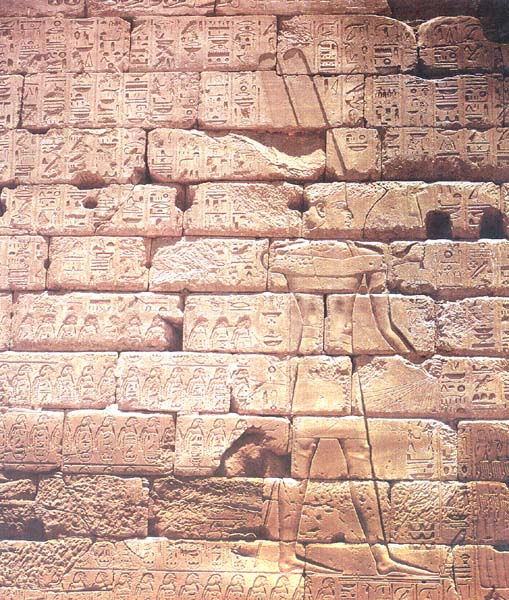Image Details

Erich Lessing
King Shishak of Egypt “took the fortified cities of Judah and came as far as Jerusalem” (2 Chronicles 12:4). In 925 B.C.E., Pharoh Sheshonq I (ruled 931–910 B.C.E.) of Egypt, called Shishak in the Bible, invaded Judah and conquered the Israelite fortresses in the Negev desert, including Arad. He then proceeded onto Jerusalem, carrying off the treasures of the Temple and the royal palace (2 Chronicles 12:9; 1 Kings 14:25–26).
Upon returning to Egypt, Shishak had a victory stela carved on a wall in the Temple of Amun at Karnak. Among the sites mentioned are Arad and p’
